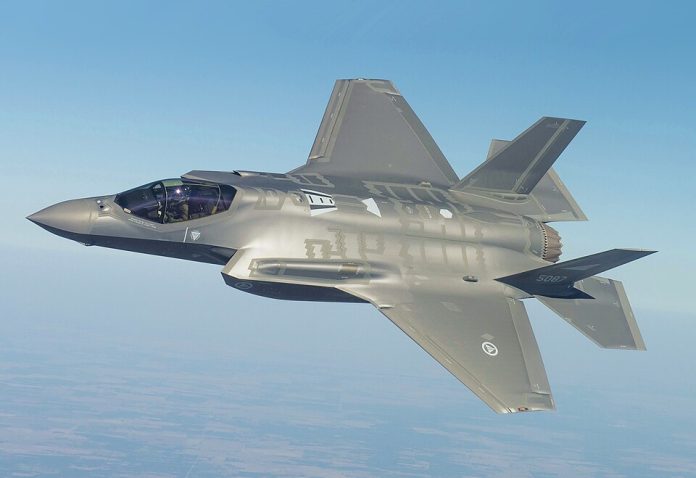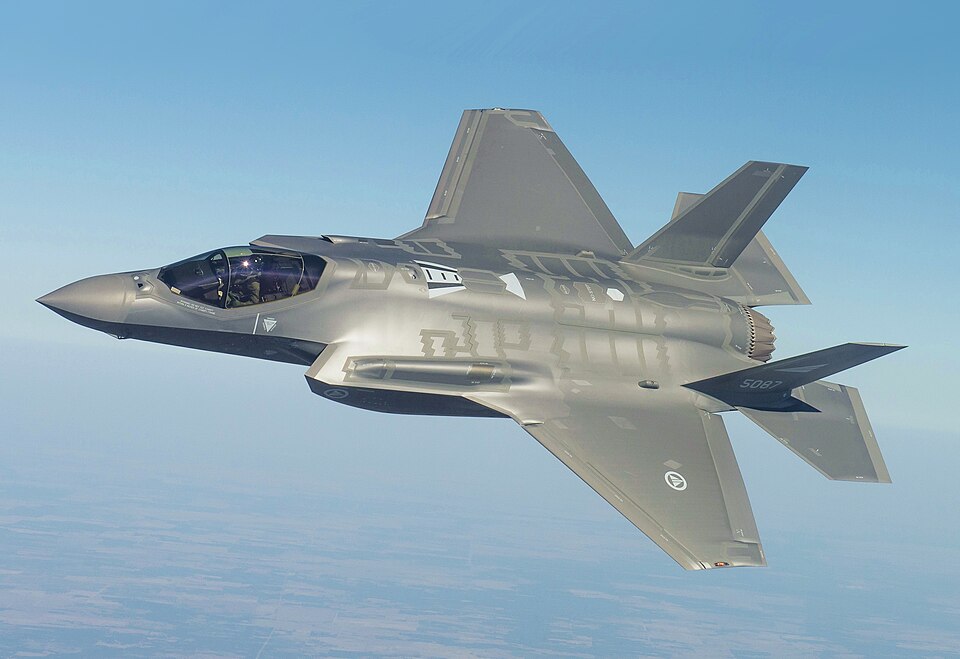
“Fighter jets are not just weapons, they are geopolitical statements.” That fact was nowhere more in evidence than at the 2025 Dubai Airshow, where the United States and Russia took to the skies with their most advanced stealth fighters, the F-35 Lightning II, and Su-57E, respectively. But this wasn’t just an airshow; it was a high-stakes sales pitch to Middle Eastern powers trying to navigate their way through a rapidly changing global environment.
Thus, the event had everything to do with a complex interplay of arms negotiations, technological rivalries, and strategic maneuvering. Alternatively stated, the UAE’s F-35 deal currently in cold storage, the Russian drive to sell the Su-57E, and the long shadow of Chinese military technology all converged on this Dubai event. To the defense industry professional or military analyst, it represented a rare side-by-side view of some competing visions for fifth-generation air combat.
Here are nine key takeaways, from technology to geopolitics to the changing nature of Middle East procurement, that show why this duel in the desert matters far beyond the tarmac.

1. A rare Head-to-Head in the Middle East
One of the few airshows that have seen both the US F-35 and Russia’s Su-57E headline the same bill in competitive pursuit of regional riches, at Dubai Airshow 2025, Lockheed Martin positioned its F-35 as an already-in-service, networked combat system with a number of NATO and other allied air forces. In contrast, the Su-57E, export version of Russia’s sole fifth-generation fighter, was presented as a sovereign-use alternative with fewer political strings attached.
This was not a display to be consumed for the sake of performance in and of itself by the Gulf states. It was, rather, an active, living demonstration of competing defense ecosystems-the US model, which offers deep integration with allied forces but with strict operational restrictions; the Russian model, which promises operational independence yet with persistent questions about production capacity and long-term sustainment.

2. UAE’s F-35 Negotiations and the Huawei Factor
The UAE’s pursuit of the F-35 was frozen in 2021 over US conditions on security, particularly the demand that Huawei 5G infrastructure be removed from its networks. Washington is concerned that Huawei systems will provide Chinese intelligence with the ability to collect information on F-35 operations passively and without any direct integration into military systems. “If the UAE is embracing Huawei 5G technology… that is an opportunity for China to draw a lot of intelligence about the way the F-35 operates”, Emily Harding with CSIS told Defense News.
The impasse represents a larger U.S. concern: that advanced aircraft exports can become intelligence liabilities when deployed into an environment with possible adversary-linked technology. A central obstacle is how the UAE balances economic ties to China with security ties to the US.

3. Russia’s Pitch: Sovereign Control & Customization
The Su-57E, which Russia is marketing in Dubai, made a point of underlining features that would appeal to those buyers who are wary of US export controls. As Army Recognition assessed, Moscow offers “full sovereign use rights, customizable avionics suite, and lack of weapons integration limitations”. This is an approach that plays well for those states looking to avoid dependence on US logistical chains or political oversight.
The Su-57E also touts supermaneuverability, large internal weapons bays, and an AESA radar that is supposed to operate within heavy electronic warfare environments. The stealth profile is far less refined compared with the F-35, particularly regarding side and rear aspects. Production may also be limited due to Western sanctions.

4. Stealth Performance: Numbers and Nuances
While stealth is considered the defining feature of fifth-generation fighters, not all stealth is created equal. Indeed, though the Su-57 is estimated to have a radar cross-section of 0.1-1 m², the F-35 has an estimated radar cross-section of 0.0015-0.005 m²-significantly smaller. What this ultimately means is that the F-35 would enjoy a sizeable detection range advantage over the Su-57 during head-on engagements.
The trade-off for stealth in Su-57’s design was made for better aerodynamic agility and sensor coverage, including multiple radar arrays for 360-degree awareness. While the US philosophy is to ‘see’ without being seen until it strikes, Russia’s latest approach with the Su-57 fuses partial stealth with long-range missile engagement capability.
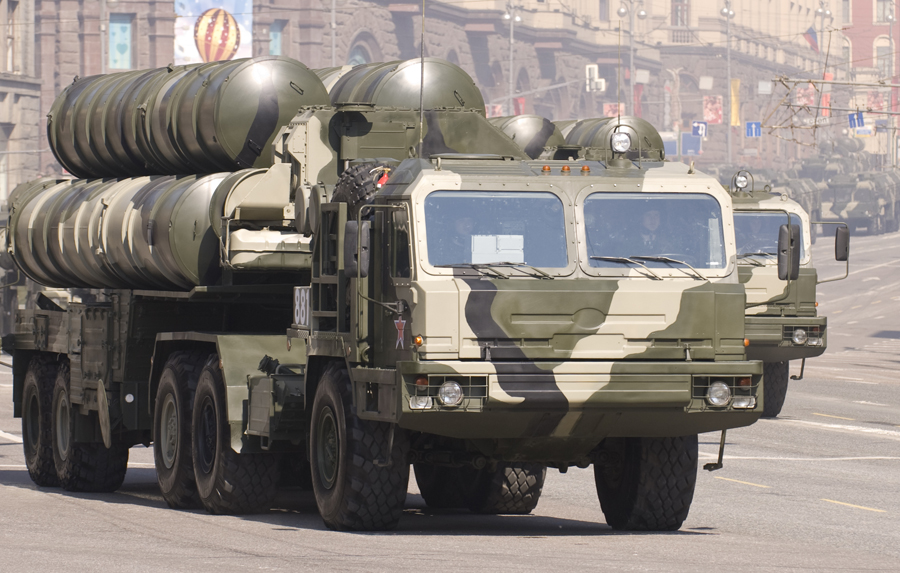
5. The Long Shadow of China
China doesn’t figure into this story directly, but its presence is there all the same. The precedent set by the US in expelling Turkey from the F-35 program after the latter’s S-400 purchase plays into the Huawei controversy with the UAE, and Beijing’s own J-20 and J-35 programs are rewriting regional airpower calculations. To the Gulf buyers, Chinese defense ties-through telecom infrastructure, joint drone projects, or even possible fighter acquisitions-offer leverage in negotiations with Washington and Moscow. For the US, blocking sensitive technology from Chinese intelligence channels is nothing less than a strategic imperative.
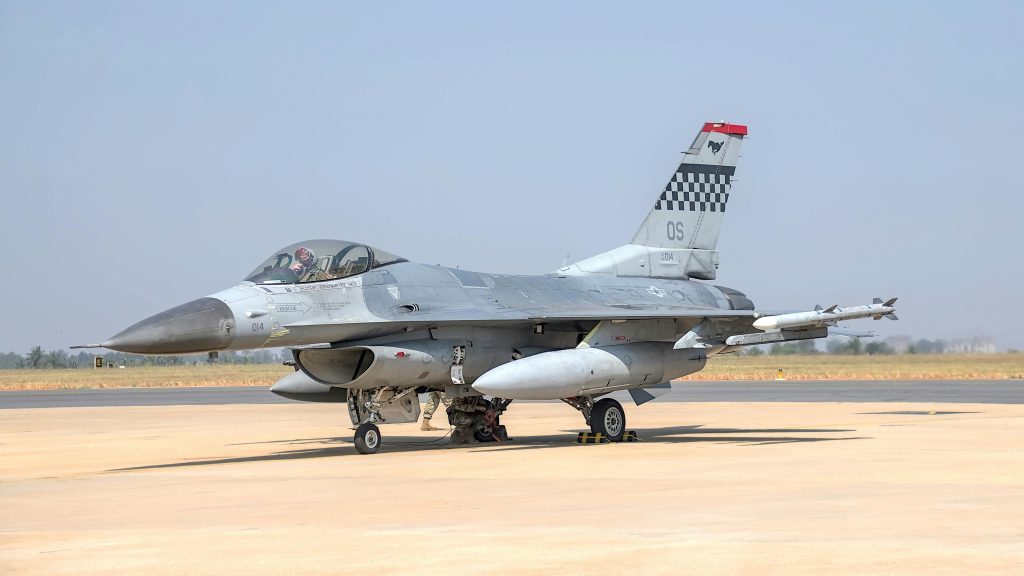
6. Lessons from Past UAE Procurement Tactics:
The UAE has a history of parallel negotiations to attain better terms. Having bought the French Mirage 2000-9s at the same time in the late 1990s was helpful in securing for the UAE the most advanced variant of the F-16 available in the world. More recently, just before high-level F-35 talks in Washington, Abu Dhabi signed an agreement for 80 Rafale fighters from France. This might reveal a pattern: even when the main UAE interest is in the F-35, the presence of the Su-57E in Dubai can be used as leverage, forcing suppliers to offer better capabilities or more favorable terms.

7. Operational Roles and Doctrine:
By design, the F-35 is a networked sensor-shooter that excels at gathering intelligence, electronic warfare, and precision strikes, sharing data with allied platforms. Stealth and sensor fusion make it a force multiplier in coalition operations. In contrast, the Su-57E is built for versatility under national command: it can conduct air superiority, ground attack, and electronic warfare missions on its own and is planned to control S-70 Okhotnik combat drones through onboard AI. This reflects Russia’s prioritization of multirole autonomy over alliance interoperability.
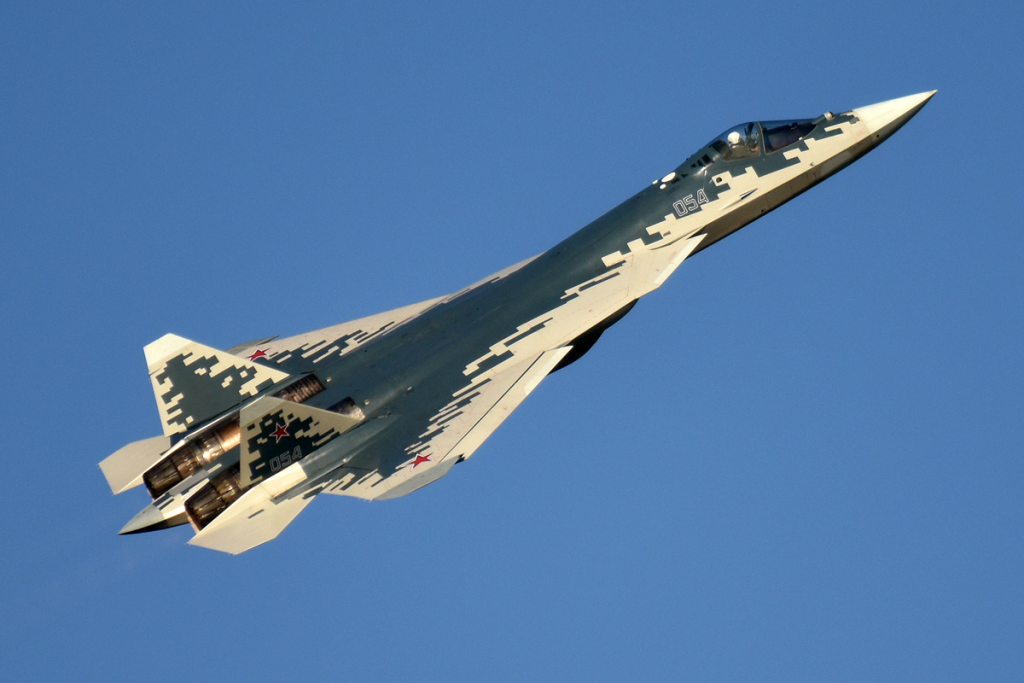
8. Production and Sustainment Challenges
The ability of Russia to deliver meaningful numbers of Su-57Es remains uncertain: though Moscow has ordered 76 for its own forces by 2027, known deliveries are less than three dozen. Access to advanced avionics components is complicated by Western sanctions, putting into question export timelines. The F-35 program has its cost and sustainment controversies, yet it benefits from a global production network and more than 1,150 aircraft already in service. Assured delivery and long-term support are as critical as the performance specifications to potential buyers.
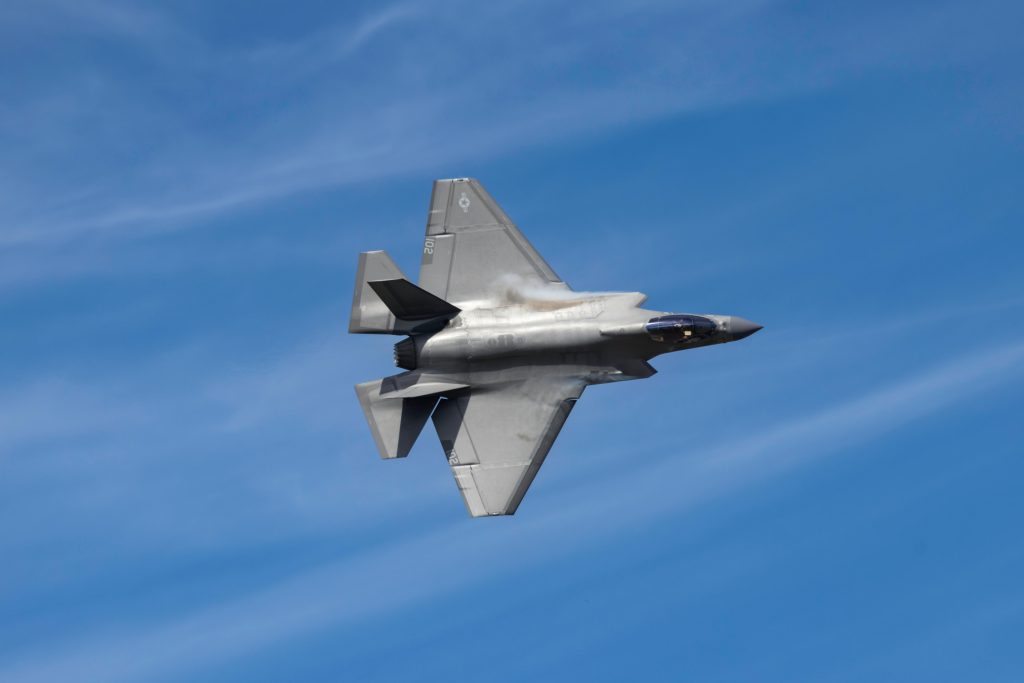
9. The Strategic Importance of the Dubai Showcase:
The simultaneous appearance of the F-35 and Su-57E in Dubai was more than an airshow stunt; it was a microcosm of great power competition. For Middle Eastern states, the choice between the platforms involves trade-offs between capability, sovereignty, political alignment, and industrial partnerships. The Dubai Airshow was a reminder that when advanced fighters are as much a military asset as a diplomatic tool, procurement decisions in this area can shape not just airpower but the geopolitical balance for decades. Stealth fighter face-offs at the 2025 Dubai Airshow epitomized the conjunction of high technology and strategic diplomacy.
The F-35 and Su-57E are more than rival planes; they speak for different concepts of airfighting, alliance politics, and defense sovereignty. That choice for the Gulf states weighing their options will depend as much on geopolitical calculus as on performance metrics, meaning competition between the two jets is sure to outlast the airshow circuit.
